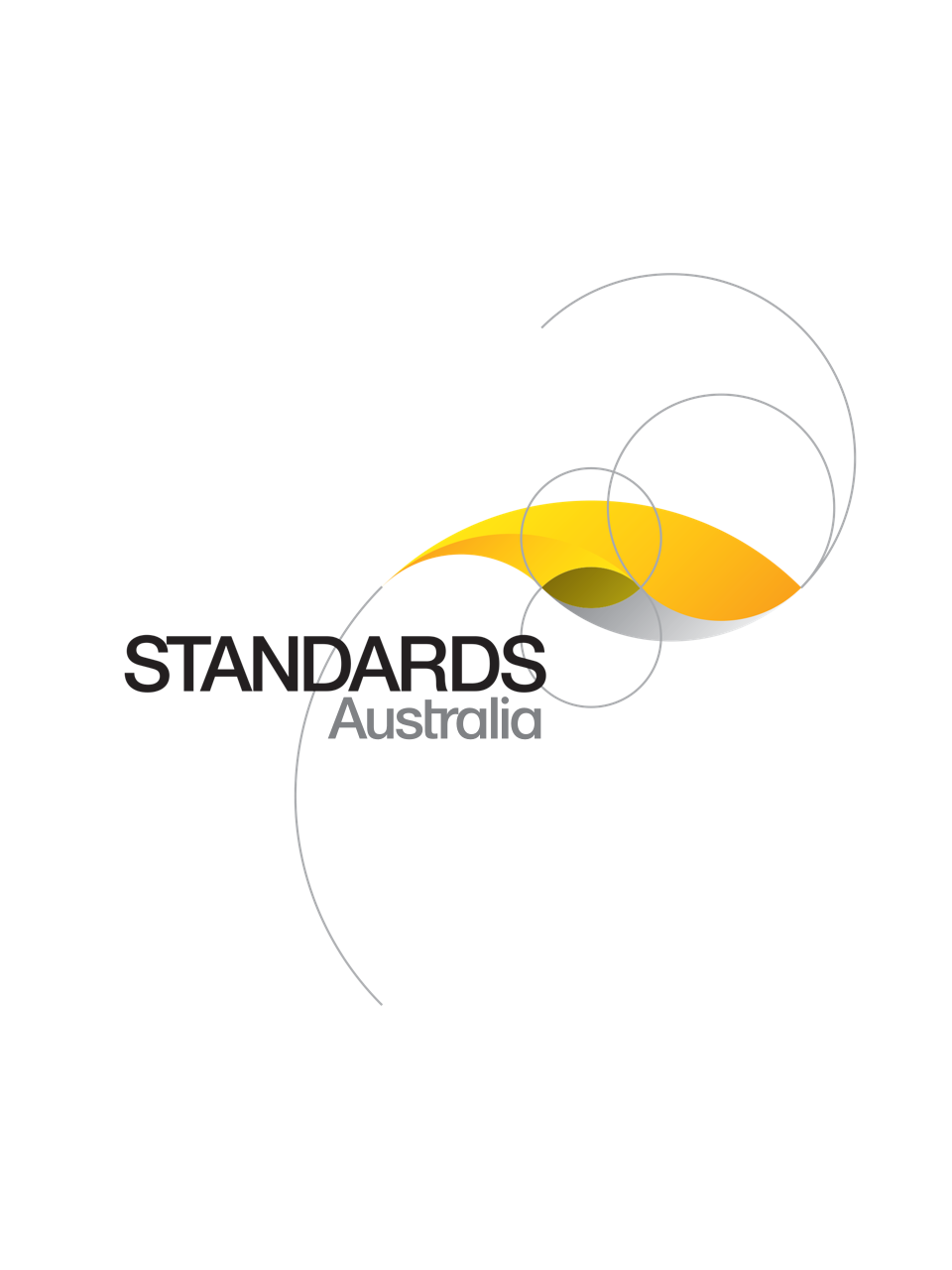Standard
Track updates
IEC 60942:2017 RLV
[Current]Electroacoustics - Sound calibrators
IEC 60942:2017 RLV contains both the official IEC International Standard and its Redline version. The Redline version is available in English only and provides you with a quick and easy way to compare all the changes between the official IEC Standard and its previous edition.
IEC 60942:2017 specifies the performance requirements for three classes of sound calibrator: class LS (Laboratory Standard), class 1 and class 2. Acceptance limits are smallest for class LS and greatest for class 2 instruments. Class LS sound calibrators are normally used only in the laboratory; class 1 and class 2 are considered as sound calibrators for field use. A class 1 sound calibrator is primarily intended for use with a class 1 sound level meter and a class 2 sound calibrator primarily with a class 2 sound level meter, as specified in IEC 61672-1. The acceptance limits for class LS sound calibrators are based on the use of a laboratory standard microphone, as specified in IEC 61094-1, for demonstrations of conformance to the requirements of this document. The acceptance limits for class 1 and class 2 sound calibrators are based on the use of a working standard microphone, as specified in IEC 61094-4, for demonstrations of conformance to the requirements of this document. This fourth edition cancels and replaces the third edition published in 2003, of which it constitutes a technical revision. This edition includes the following significant technical changes with respect to the previous edition:
a) deletion of the class designations, class LS/C, class 1/C and class 2/C;
b) addition of two further class designations, class LS/M and class 1/M, specifically for pistonphones;
c) addition of an amended criterion for assessing conformance to a specification: conformance is now demonstrated when (a) measured deviations from design goals do not exceed the applicable acceptance limits and (b) the uncertainty of measurement does not exceed the corresponding maximum-permitted uncertainty;
d) modification to the short-term level fluctuation test of the sound pressure level stability;
e) change to some environmental test conditions to avoid icing;
f) addition of an alternative test for immunity to radio-frequency fields using transverse electromagnetic (TEM) waveguides.
IEC 60942:2017 specifies the performance requirements for three classes of sound calibrator: class LS (Laboratory Standard), class 1 and class 2. Acceptance limits are smallest for class LS and greatest for class 2 instruments. Class LS sound calibrators are normally used only in the laboratory; class 1 and class 2 are considered as sound calibrators for field use. A class 1 sound calibrator is primarily intended for use with a class 1 sound level meter and a class 2 sound calibrator primarily with a class 2 sound level meter, as specified in IEC 61672-1. The acceptance limits for class LS sound calibrators are based on the use of a laboratory standard microphone, as specified in IEC 61094-1, for demonstrations of conformance to the requirements of this document. The acceptance limits for class 1 and class 2 sound calibrators are based on the use of a working standard microphone, as specified in IEC 61094-4, for demonstrations of conformance to the requirements of this document. This fourth edition cancels and replaces the third edition published in 2003, of which it constitutes a technical revision. This edition includes the following significant technical changes with respect to the previous edition:
a) deletion of the class designations, class LS/C, class 1/C and class 2/C;
b) addition of two further class designations, class LS/M and class 1/M, specifically for pistonphones;
c) addition of an amended criterion for assessing conformance to a specification: conformance is now demonstrated when (a) measured deviations from design goals do not exceed the applicable acceptance limits and (b) the uncertainty of measurement does not exceed the corresponding maximum-permitted uncertainty;
d) modification to the short-term level fluctuation test of the sound pressure level stability;
e) change to some environmental test conditions to avoid icing;
f) addition of an alternative test for immunity to radio-frequency fields using transverse electromagnetic (TEM) waveguides.
Published: 29/11/2017
Pages: 207
Content history
Content history
[Superseded]
One-time Purchase
Access via web browser on any device
One-time purchase
Single publication
Offline access via PDF^
$1,025.18 AUD
Inclusive of GSTFormat *
Web Reader (PDF)
Licenses *
1 License (for yourself - not shareable)
Total$1,025.18 AUD
IMPORTANT
